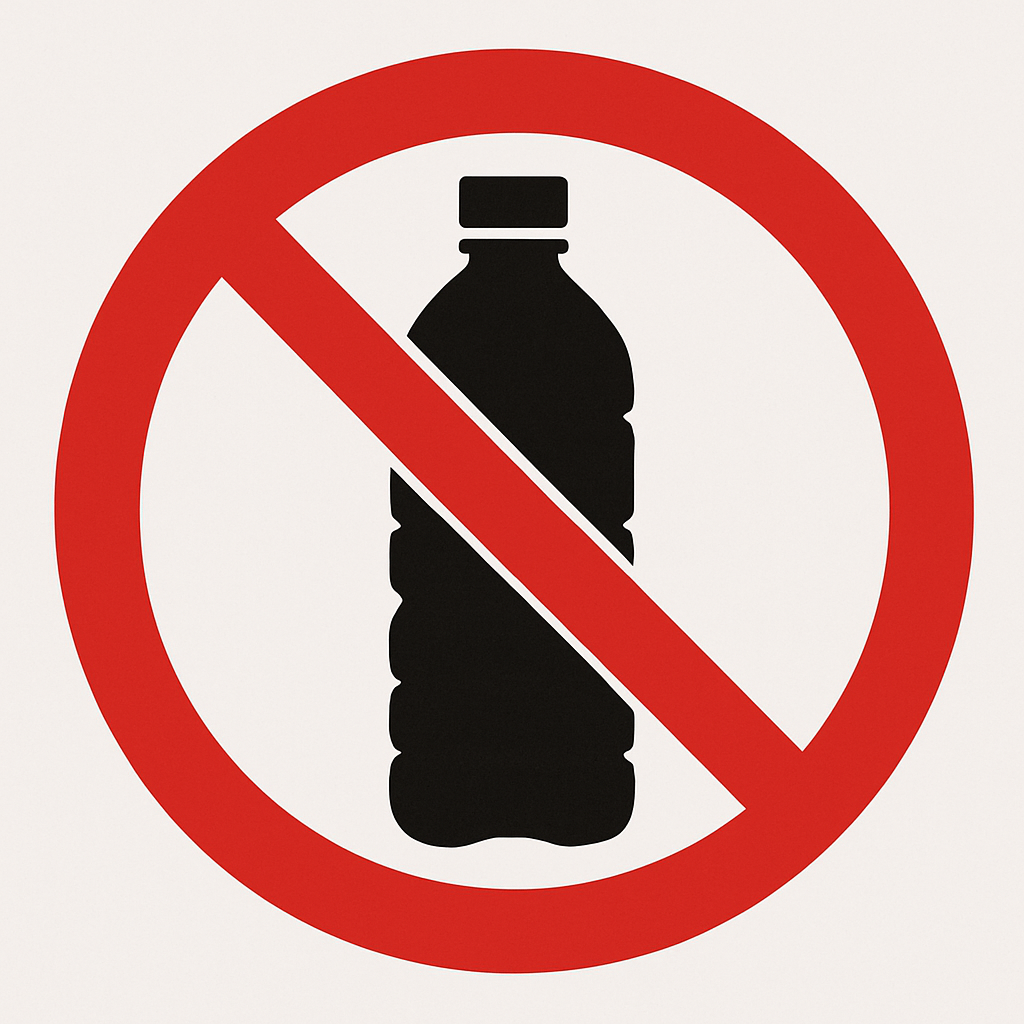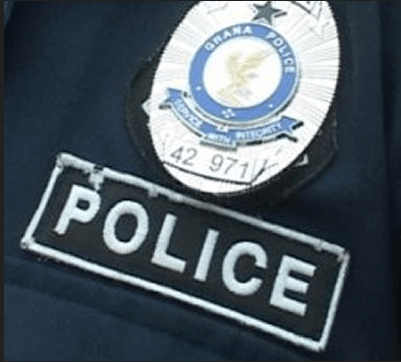
NAS officers demonstrating CPR to staff of GBC
The Ghana National Ambulance Service (NAS) has commemorated the Cardio Pulmonary Resuscitation (CPR) and Automated External Defibrillator (AED) Awareness Week 2025.
The Awareness Week started from June 1 to 7, 2025 under the theme “Call, Push, Shock.”
Speaking at an engagement with some staff of the Ghana Broadcasting Corporation (GBC), the Principal Administrative Manager, Public Relations Unit of the National Ambulance Service, Simmons Yussif Kewura mentioned that the week serves as a reminder that everyone has the potential to save lives.
“This week serves as a crucial reminder of the power we all possess to save lives,” he said.
He explained that CPR is a life-saving technique which acts as a vital bridge during a sudden cardiac arrest by manually circulating blood and providing breaths, adding that it keeps vital organs functioning until professional medical help arrives.
He added that the AED complement the CPR by analyzing the heart rhythm and delivering a potentially life-saving electric shock to restore a normal heartbeat.
He further stressed the importance of CPR and AED training, noting that everyone regardless of age or background can learn these skills to become a potential life saver.
He said “by equipping ourselves with this knowledge, we gain the power to act decisively in an emergency, potentially saving the life of a loved one, a colleague or even a stranger.”
Also, speaking at the event, NAS Paramedic Christian Achena explained that “in an instance where someone is just laying down unconscious and not moving, you first access the scene to ensure that the scene is safe, in order to avoid additional casualties.”
“Then you check for response, in doing that you shout the person’s name to check if the person is just laying there, while you approach the individual. If the individual does not respond to verbal stimuli, you can go ahead and tap the person, still mentioning the name of the individual while calling for help,” she stated.
She added that “you can further check for pulse and breathing at the same time, not more than five seconds,” stressing that “time is of essence during the period, since the heart has stopped pumping blood, which needs to be revived as soon as possible.”
“When the individual is not responding or breathing, then there is a need for CPR to be done to help revive the heart.
“In doing so, you position yourself close to the individual and expose the chest area tracing the nipple line, below it is the sternum, while positioning the heel of the palm on the other palm while kneeling upright close to the individual to conduct chest compression,” she explained.
She mentioned that the standard for CPR is 30 chest compressions followed by 2 rescue breaths in one cycle. For five cycles, this means performing 150 compressions and 10 rescue breaths. A Bag Valve Mask (BVM) or a pocket mask can be used as a barrier device during the rescue breaths, ensuring proper ventilation.
She cautioned that without BVM or any barrier device only chest compression should be done if the individual is not a relative.
By Florence Asamoah Adom
The post NAS Holds CPR, AED Awareness appeared first on DailyGuide Network.
Read Full Story


















Facebook
Twitter
Pinterest
Instagram
Google+
YouTube
LinkedIn
RSS